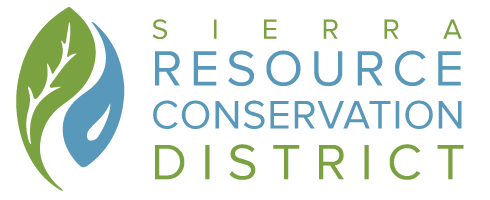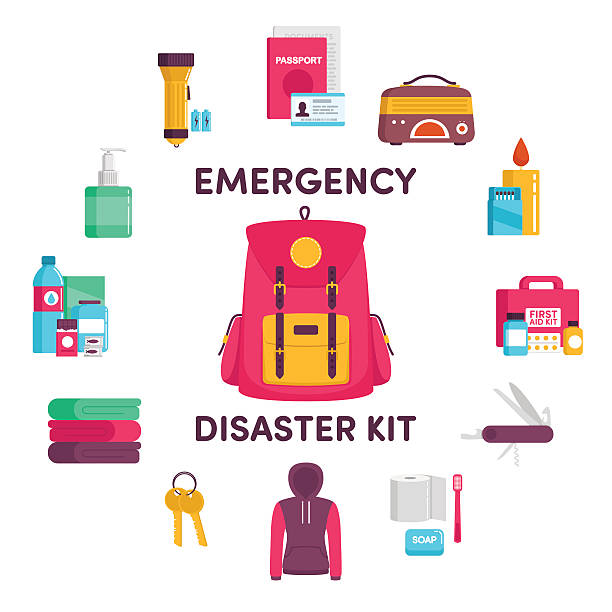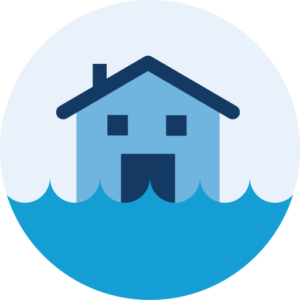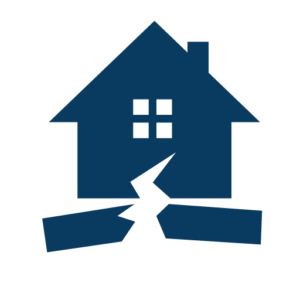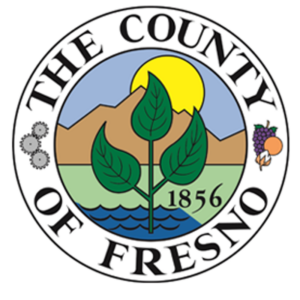Emergency Preparedness
Overview
Emergency preparedness is crucial for safeguarding communities in times of crisis. It involves planning, training, and organizing resources to effectively respond to emergencies such as natural disasters, accidents, or public health crises. By being prepared, communities can minimize the impact of disasters, protect lives, and preserve property. Sierra Resource Conservation District (SRCD) recognizes the importance of emergency preparedness for local residents. Whether it’s wildfires, floods, or other emergencies, having a plan in place ensures a coordinated and timely response, increasing the likelihood of a swift recovery. Through education, training, and community engagement, the District aims to empower residents to take proactive measures and build resilience in the face of adversity.

The resources on this page were organized and provided through a generous contribution from Pacific Gas, and Electric.
5 Steps to Get Ready
Getting ready is much simpler than you think. Here are 5 steps that you can take now to ensure you, your family, pets and other important people in your life are safe and cared for when disasters strike.
#1 Get Alerts
⇒ Get emergency alerts to help you stay safe during a disaster!
⇒ Emergency alerts are notifications sent to you by public safety officials during a crises.
⇒ Alerts provide timely information on what to do during a disaster so it’s important to know the types of alerts you may receive.
EVACUATION ORDER: An evacuation order is a lawful directive issued during an immediate threat to life, requiring individuals in the affected area to leave promptly for safety. This order indicates that the area is lawfully closed to public access, necessitating immediate evacuation to designated safe areas.
EVACUATION ORDER(S) LIFTED: The formal announcement of that it is safe to return to the area.
HARD CLOSURE: Closed to all traffic except fire and law enforcement.
SOFT CLOSURE: Closed to all traffic except fire, law enforcement and critical resources.
RESIDENT ONLY CLOSURE: Soft closure while allowing residents and local government agencies assisting with response and recovery to enter.
Notify Fresno County- Emergency Alert Program: https://member.everbridge.net/index/453003085614497#/signup
- Get alerted about emergencies and other important community news
- Receive critical information quickly in a variety of situations, such as severe weather, unexpected road closures, missing persons and evacuations of buildings or neighborhoods.
Wireless Emergency Alerts (WEA):
- Receive short emergency messages during times of imminent threats to life or property.
- Alerts: severe weather, natural disasters, AMBER alerts, and presidential alerts.
- WEA messages are sent automatically to WEA-capable devices, no sign-up required.
MobileApps: FEMA App, the Red Cross Emergency Severe Weather App, and the MyShake App.
#2 Make a Plan
Having a solid emergency plan is crucial in times of crises. Your family may not be together if a disaster strikes, so it is important to know which types of disasters could affect your area.
Consider the following while creating your plan:
- Write down important phone numbers and contact information.
- Choose a meeting place that is easy to find and familiar
- Establish an out-of-area contact and share your plan with loved ones.
Be informed, make a plan, prioritize safety.
Shelter In Place: In some disasters, it may be safer to stay at home rather than evacuate. Here are some tips to prepare you to shelter in place.
Stay Informed: Stay tuned to local news and emergency alerts for updates on the situation. Follow instructions from local authorities and emergency management agencies.
Secure and Seal Your Home: Secure your home by closing and locking all windows and doors. Seal any gaps with duct tape or damp towels to keep air and contaminants out. Turn off HVAC systems and close fireplace dampers and vents to further prevent outside air from entering.
Create a Safe Room: Choose an interior room with the fewest windows and doors possible. This room should be above ground and large enough to accommodate everyone in your household. If possible, choose a room with access to water, such as a bathroom.
Monitor Local Media: Use a battery-powered radio or smartphone to stay updated on the situation and follow any additional instructions from authorities.
Stay Calm: Remain calm and reassure others in your household. Avoid unnecessary movements and stay low to the ground if there is a threat of chemical or biological contaminants.
Evacuate: Many kinds of emergencies can cause you to have to evacuate. Planning is vital to making sure that you can evacuate quickly and safely no matter what the circumstances. Here are some tips to prepare you before, during and after evacuation.
Before an Evacuation:
- Learn about local evacuation plans.
- Plan and practice evacuation routes and destinations with family.
- Identify pet-friendly shelters.
- Familiarize yourself with alternate routes and transportation options.
- Keep at least a half tank of gas in your car it at all times in case of an unexpected need to evacuate.
- If you don’t have a car, consider available resources.
During an Evacuation:
- Use FEMA app for shelter information and listen to local authorities.
- Take emergency GO BAG and evacuate early to avoid weather-related traps.
- Bring pets and secure home before leaving.
- Follow recommended evacuation routes.
- Be vigilant for road hazards and do not drive into flooded areas.
After an Evacuation:
- Check with local officials before returning home, prepare for disruptions.
- Inform friends and family of your travel plans.
- Charge devices, consider backup batteries, and monitor fuel availability.
- Bring supplies for the car ride, avoid downed power lines, and use generators safely.
Emergency Planning Guides:
American Red Cross- How to Prepare for Emergencies
Fresno County Office of Emergency Services- Emergency Alert Program
Fresno City – Emergency Preparedness Office
Preparedness Support for Individuals with Disabilities:
Resource for an Independent Central Valley
Preparedness for your Pets:
Central California Animal Disaster Team
NFPA – Evacuation For Household Pets and Horses
Evacuation Information:
#3 Pack a Go Bag
You may need to evacuate at a moments notice so it’s important to have an emergency GO BAG packed with basic essentials like:
- Emergency contact list and disaster plan.
- Copies of ID, insurance, deeds, titles, and photos of family members and pets.
- Water
- Non-perishable food
- Medications
- Flashlight
- Portable radio
- Map
- Phone and charger
- First aid supplies.
Remember, each member of your family should have their own bag, pets included!
As an older adult, you may have specific items you’ll need during a disaster. In addition to the basic essential items in your GO BAG, consider including the following:
Medical-Related Items:
- A 3-day supply of medications, including those requiring refrigeration (with a cooler and ice packs if necessary).
- Identification band with full name, contact number for family member/caregiver, and allergies.
- Hearing aids and extra batteries.
- Glasses
- Medical supplies such as syringes or extra batteries.
- Information about medical devices like wheelchairs, walkers, or oxygen, including model numbers and vendors.
Documents:
- Care plan.
- Contact information for family members, doctors, pharmacies, and caregivers.
- List of all medications with dosages, along with pharmacy and prescribing doctor information.
- List of allergies to food or medicines.
- Copies of medical insurance cards.
- Durable power of attorney and/or medical power of attorney documents, if applicable.
Your pets are an important member of your family, so they need to be included in your family’s emergency preparation. Here are some items to include in an emergency kit for your pet(s):
- Medications
- Food in an airtight, waterproof container
- Water and water bowl
- Litter and litter box, trash bags, and other items for pet sanitation needs
- Backup collar with ID tag and a harness or leash
- Copies of your pet’s registration information in a waterproof container and available electronically
- A picture of you and your pet together in case of separation
- Crate or sturdy carrier for each pet
- Grooming items
- Familiar items like toys, treats, or bedding in your kit to reduce stress for your pets
The following links will provide you with preparedness guides and emergecy kit checklists.
Listos California- Disaster Readiness Guide
Ready. gov- Build a Disaster Kit
Ready.gov-Disaster Preparedness Guide for Older Adults
Ready.gov- Prepare Your Pets for Disasters
Central California Animal Disaster Team- Be Prepared
Red Cross- Survival Kit Supplies
National Fire Protection Association (NFPA)- Evacuation Checklists for Pets
#4 Assemble a Stay Box
In some disasters, it may be safer to stay at home rather than evacuate. A STAY BOX ensures you have essential supplies if you’re unable to leave your home.
Consider the following while preparing your STAY BOX:
- Prepare for at least 5-7 days without running water or electricity.
- Store items in an easy-to-carry container such as a plastic bin or a duffel bag.
- Remember to include items for your pets.
- Place your STAY BOX in an easily accessible location in your home.
Your Stay Box should include (but not limited to) the following items:
Water: One gallon per person per day for several days, for drinking and sanitation.
Food: At least a several-day supply of non-perishable food.
First aid kit: To tend to any injuries or medical needs.
Flashlight: Essential for providing light during power outages.
Radio: To stay updated on the latest information and alerts.
Extra batteries: For powering essential devices such as flashlights and radios.
Manual can opener: For opening canned food if electricity is unavailable.
Cell phone and Charger: To stay connected and communicate with emergency services.
Whistle: To signal for help if needed.
Dust mask: To help filter contaminated air if necessary.
Plastic sheeting and duct tape: For creating a shelter in place if needed.
Moist towelettes, garbage bags, and plastic ties: For personal sanitation.
Wrench or pliers: To turn off utilities if necessary.
Local maps: To navigate your area if needed.
The following links will provide you with preparedness guides and emergecy kit checklists.
Listos California- Disaster Readiness Guide
Ready. gov- Build a Disaster Kit
Ready.gov-Disaster Preparedness Guide for Older Adults
Ready.gov- Prepare Your Pets for Disasters
#5 Help Neighbors
⇒ When a disaster strikes and people need help, neighbors turn to neighbors.
⇒ Get to know your neighbors! Introduce yourself now and start conversations about how you can help support one another in your disaster preparedness efforts.
⇒ A community that knows each other is more resilient during and after a disaster!
Meet your neighbors now and share information, prepare and organize together.
⇒ Determine who in your neighborhood might be available to help during the day, night and on weekends and establish communication.
⇒ Identify vulnerable neighbors who may need assistance (elderly, disabled, families)
⇒ Coordinate with first responders for a community response plan.
⇒ Share resources, skills, and information with neighbors.
⇒ Participate in local training sessions and drills for disaster preparedness.
⇒ Foster community solidarity for resilience in disasters.
Understanding the types of disasters that might affect your area is critical to emergency preparedness. Click through each icon below for tips on what what to do before, during, and after disasters.
Recent Recovery Efforts
Creek Fire 2020
The Creek Fire is credited as one of the largest wildfires in California history. It started September 4th 2020 and burned until November 2020 reaching over 370,000 acres across Eastern Fresno and Madera Counties.
https://www.fresnobee.com/news/california/fires/article245943640.html
SRCD’s Firesafe and Fuels Reduction Team worked through the Spring of 2020 to prevent wildfire by partnering with local landowners. There are some success stories of landowners who saved their homes partnering with SRCD and by following firesafety guidelines. See an April 2020 story here in the local Mountain Press:
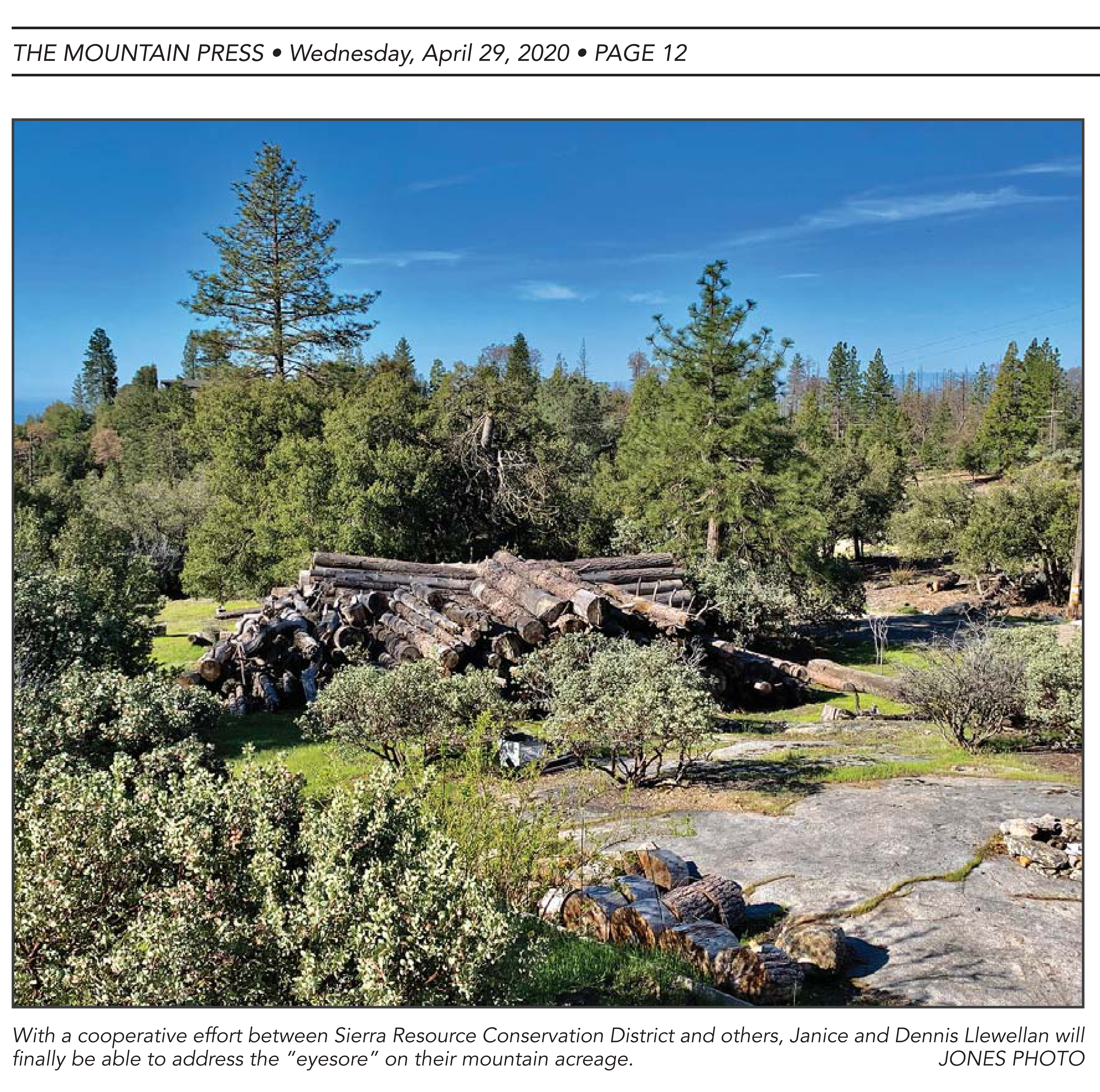
Local Resources and Education
Emergency Services and Assistance:
Extreme Weather Warnings:
Wildfire Mitigation:
- Sierra RCD
- Oak to Timberline FireSafe Council
- Highway 168 FireSafe Council
- Cal Fire
- PG&E -Community Wildfire Safety Program
Pet Preparedness/Evacuations:
Heating and Cooling Centers:
County of Fresno – Extreme Heat Cooling Centers
County of Fresno – Warming Centers
Preparedness Support for Individuals with Disabilities and Access and Functional Needs:
General Education and Preparedness Resources:
Recovery Resources
Jim Patterson 23rd Assembly District
UCCE University of California Cooperative Extension

